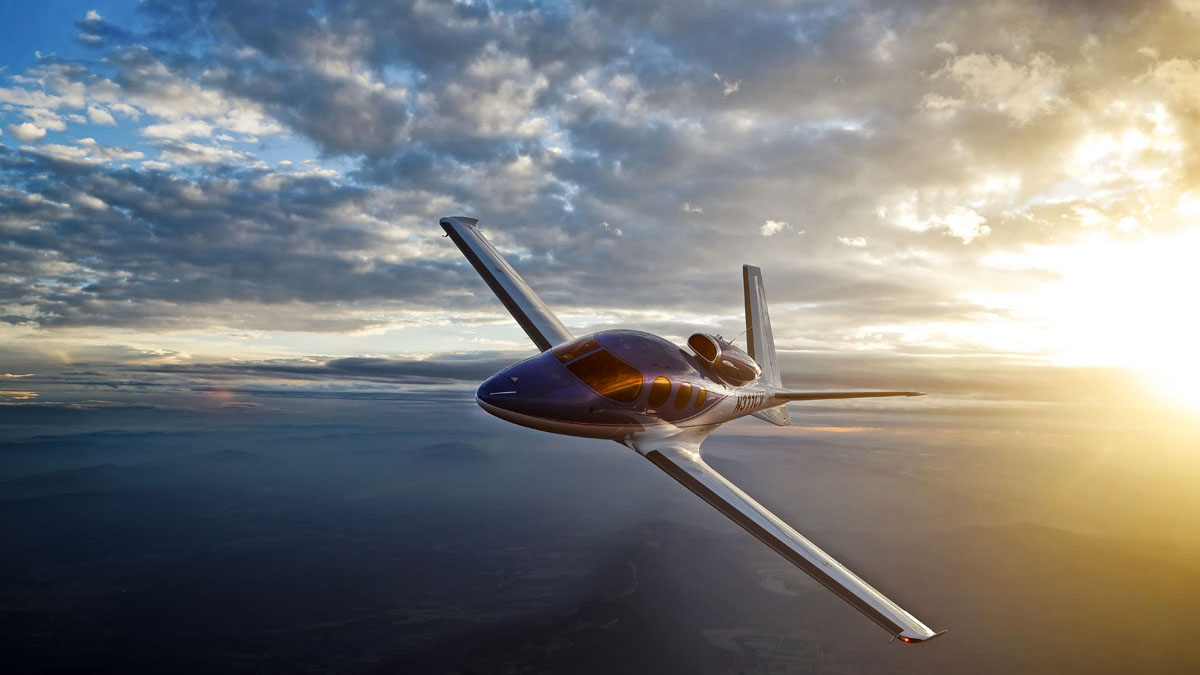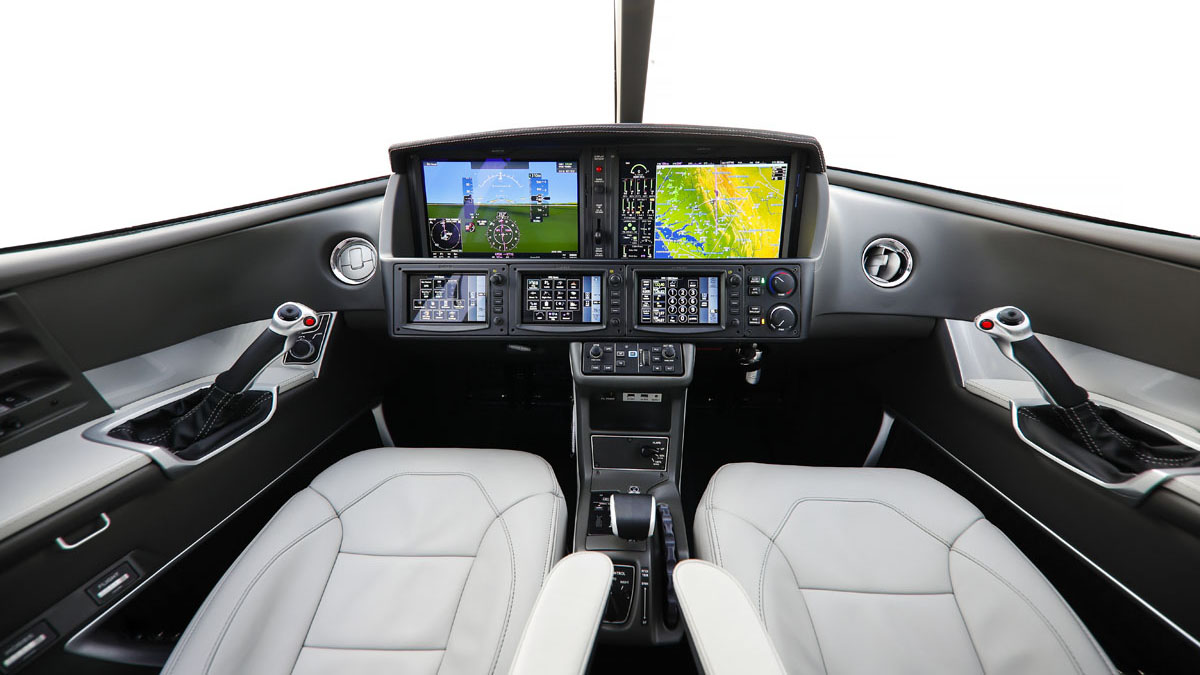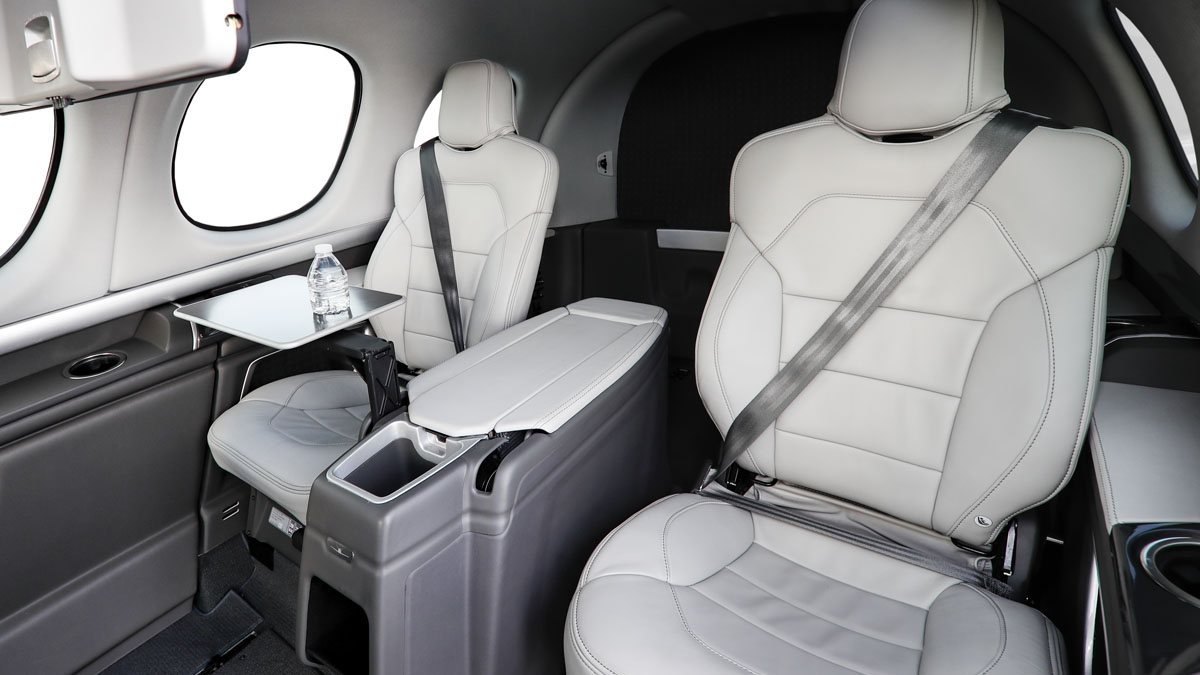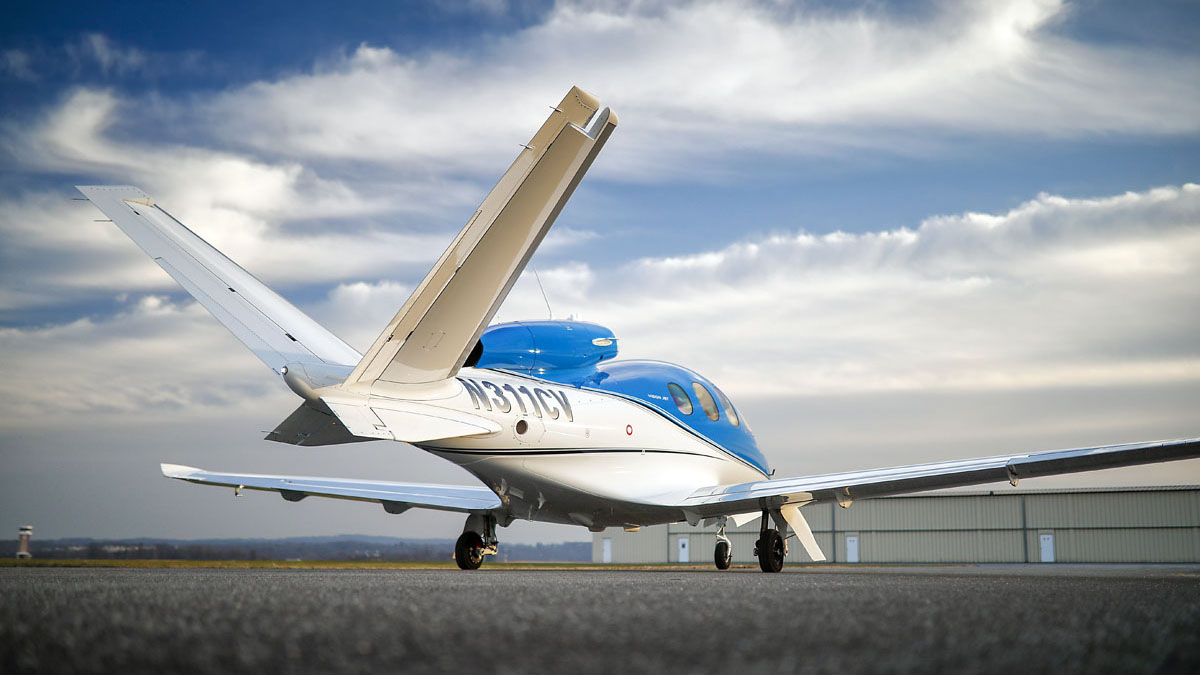Cirrus amps up the Vision Jet, includes autothrottles
Cirrus Aircraft has dialed up the features and capabilities of its SF50 Vision Jet. With the new Generation 2 edition you have your choice of higher, faster, or farther. Whichever you choose, you’ll have an electronic helping hand in the form of a Garmin autothrottle there to help.
The sophisticated new autothrottle system (A/T) is essentially the same as that installed on much larger business jets, such as the Cessna Latitude and Longitude, which cost about 10 times as much as the single-engine Vision Jet.
Once leveling off it will allow the airplane to accelerate to just below maximum operating Mach speed or to the pilot’s chosen speed.
The new model is certified for flight up to Flight Level 310—3,000 feet higher than the original model. New certification includes approval for flight in reduced vertical separation minimum (RVSM) airspace, which starts at FL290. To maintain a minimum cruise true airspeed of 300 knots at the higher altitude, Cirrus worked with Williams International to increase the thrust slightly on the FJ33-5A engine. To keep the same 8,000-foot cabin altitude at the higher flight altitude, the differential in the pressurization system has also been increased form 6.4 psi to 7.1.
The higher altitude allows for a lower fuel burn and the ability to top more weather systems. As an alternative, the pilot can choose to take advantage of the higher thrust to go faster at a lower altitude, but at a higher fuel burn.
As a result of the lower fuel burn at FL310 and slight decreases in weight throughout the airframe, the Gen2 model can carry about an additional 170 pounds in either more fuel for about 100 extra nautical miles of range or another passenger or more gear.
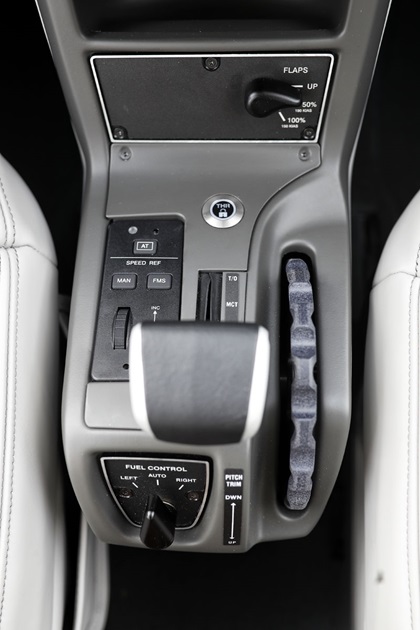
“It’s about versatility,” said Matt Bergwall, Cirrus director of the Vision Jet Product Line. “We wanted to give the pilots more flexibility and choices.” Much of the weight decrease comes from replacing the dual lead acid batteries with True Blue Power lithium ion batteries, which allow for faster and cooler engine starts.
The panel includes new faster and higher resolution Garmin displays—what Cirrus calls Perspective Plus by Garmin—and the Flight Stream 510 Wi-Fi system that allows communication between the panel and portable devices in the cockpit.
In improving on the original design, the company also turned to creature comforts. The Gen2 takes the already versatile seating configuration and makes it even more capable with the introduction of a center console between the middle two seats, which are also wider in the new Elite configuration. The console includes work tables for left and right passengers and storage. The pilot can install and remove the console and any of the seats without a sign-off by a mechanic. The once optional extended baggage compartment is now standard on the Gen2 models.
On the exterior, the company has removed the wing-aileron fences, which makes for lighter roll forces and improved handling. And, not surprisingly, the model includes a host of new paint schemes and color choices.
Also not surprisingly, the new features and upgrades command a higher price. When we reported on the original Vision Jet in July 2017, the price was about $2 million. The Gen2 airplanes start at $2.38 million with a fully loaded model at about $2.75 million.
Bergwall noted that numerous interior upgrades and some panel improvements, but not autothrottles, are available as upgrades to the original models.

